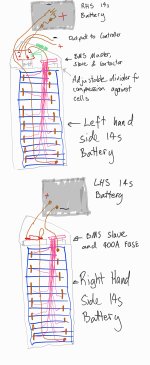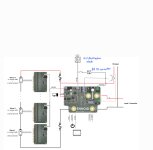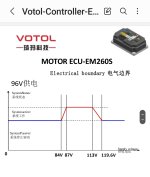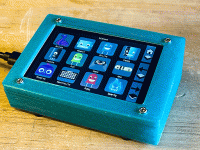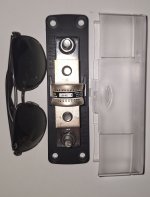Kicking off a build thread on a 2010 KTM EXC
Objective is to have a road registrable e-moto that can be used for commuting and to have fun off road. I'm based in Darwin, Northern Territory, Australia.
Build List:
Motor: QS 138 90h V3 mid drive with 2.35:1 reduction
Controller: Votol Em260s 96V with CAN BUS
Battery: 28s NMC prismatic split into two 14s packs for each side of the frame. Cells are Westart 75Ah 6C NMC.
BMS: MAXKGO hardware of the ENNOID V1 Master-Slave BMS with EVC 500 contactor and two 15s slave boards. I'll also have a 400A HRC fuse for backup protection.
Display: I'm undecided on the display. I've ordered the controller with CAN Bus so I have the option combine the BMS and controller CAN data on the open source display such as GitHub - dsoto/VESC-Ennoid-CAN-Feather.
To achieve this I would need to branch/fork the code and add an option include the Votol CAN implentation in addition to the VESC library.
I'm in the planning phase but have received 'in principle' approval from the vehicle registry Technical Advisory Committee for the conversion. I will require engineering approvals and compliance checks before the bike can be registered.
Initial cardboard aided design attached.
Objective is to have a road registrable e-moto that can be used for commuting and to have fun off road. I'm based in Darwin, Northern Territory, Australia.
Build List:
Motor: QS 138 90h V3 mid drive with 2.35:1 reduction
Controller: Votol Em260s 96V with CAN BUS
Battery: 28s NMC prismatic split into two 14s packs for each side of the frame. Cells are Westart 75Ah 6C NMC.
BMS: MAXKGO hardware of the ENNOID V1 Master-Slave BMS with EVC 500 contactor and two 15s slave boards. I'll also have a 400A HRC fuse for backup protection.
Display: I'm undecided on the display. I've ordered the controller with CAN Bus so I have the option combine the BMS and controller CAN data on the open source display such as GitHub - dsoto/VESC-Ennoid-CAN-Feather.
To achieve this I would need to branch/fork the code and add an option include the Votol CAN implentation in addition to the VESC library.
I'm in the planning phase but have received 'in principle' approval from the vehicle registry Technical Advisory Committee for the conversion. I will require engineering approvals and compliance checks before the bike can be registered.
Initial cardboard aided design attached.

Last edited:


